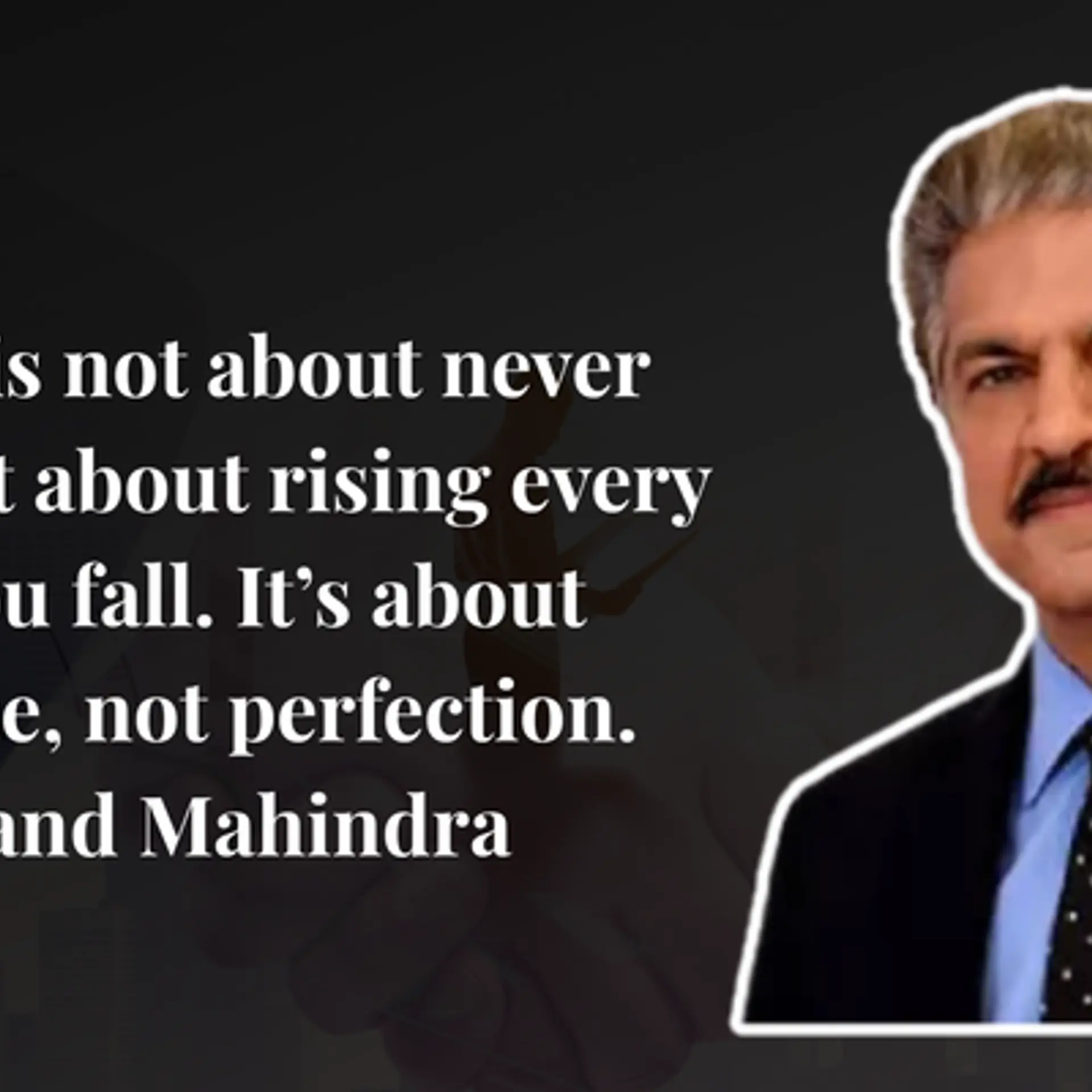These five Indian industries need to adopt Blockchain immediately
Blockchain’s potential reaches far beyond cryptocurrency. Blockchain ledgers can include land titles, loans, identities, logistics, and more to bring transparency to any multi-party transaction.
The Blockchain revolution may just change the way contracts are tracked between parties. Incidentally, this is the same technology that drives the controversial Bitcoin. Simply put, Blockchain is a file system that creates blocks of transactions, called the distributed ledger in a multi-party system, where all parties have access to the ledger and know the nature of transactions in their chain.
“No one party can tamper with the price, for example, and hide information from the other parties,” says Mukul Bafna, co-founder and CEO of Arvind Internet. The technology is revolutionary, and will ensure fair business. “At least that is the thought,” he says.
Blockchain works when there is vast amount of data, and uses Artificial Intelligence (AI) to determine the authenticity of complexities in multi-party transactions. The technology is such that there is no way a human can tamper with the system unless all parties agree to manipulate the system across the business chain.
As an introduction, small and medium enterprises (SMEs) have been at the mercy of larger companies because credit cycles were essentially not under their control. Payments were delayed, and credit terms were not honoured even though contracts stated specific dates.

For such SMEs, legal recourses are an expensive proposition, and here Blockchain can solve their problem as it can execute contracts because the information is secured in a ledger and cannot be tampered with.
The case of Stayzilla versus Jigsaw Advertising, where Stayzilla’s founder was taken to court for alleged non-payment of dues, captured the imagination of every young entrepreneur about the legality of contracts. If both parties were on a Blockchain, neither could obfuscate the case to the police or the courts.
So, would this serve better justice? The answer to this is no, because technology only captures the flow of information without being tampered. Interpretation of the law is different to how the parties present their case. Blockchain is not a panacea, but a system of efficiency that is faster than siloed technologies like customer relationship management, enterprise resource planning (ERP), and warehouse management systems.
According to SAP Labs India, Blockchain is based on distributed ledger technology, which securely records information across a peer-to-peer network. Every participant can see the data and verify or reject it using consensus algorithms. Approved data is entered into the ledger as a collection of “blocks” and stored in a chronological “chain” that cannot be altered. Although it was originally created for trading Bitcoin, blockchain’s potential reaches far beyond cryptocurrency. Blockchain ledgers can include land titles, loans, identities, logistics manifests – almost anything of value.
“The technology is still new, but the potential impact it can have on business is exciting, and immense,” says Neeraj Athalye, Head – SAP S/4HANA, GST Adoption, SAP Leonardo - India, SAP Indian Subcontinent.
“Smart contracts over the cloud are a big opportunity, but the problem also begins here. Blockchain is an ecosystem problem and not a technology problem. Unless you have all parties in the chain, the system does not work,” says Prasad Joshi, VP and Head, Infosys Centre for Emerging Technology Solutions.
Here are five industries that can benefit from this technology
Retail/E-commerce: According to consulting firm E&Y, the size of the retail industry is $650 billion, and only 10 percent is organised. Of the $65 billion that is organised, only 1.5 percent is spent on future technologies. The opportunity for Blockchain implementations are plenty, especially in supply chain management.
In a retail transaction, a store manager can integrate the point of sale (POS) system to the ERP of the company. So, a company knows exactly what is being ordered, and what needs to be sent out for replenishment. When a request for replenishment is generated from the POS, the ERP triggers an alert to the warehouse system that stock X should be shipped to the store. This is where Blockchain comes in.
There are four parties transacting in this system, and each party has a challenge. The store manager may want a particular variety of goods, and the merchandise department has to ensure the factory and warehouse have the said goods in stock. Today, multiple calls and emails add to the complexity of communication, and the stock reaching the store on time is not guaranteed.

Once the factory gets an alert, it generates a transaction with the warehouse, informing the merchandise team and store manager in case the particular style is available and the number of units there are. Also, instances like styles going out of production are sent as an alert to the concerned parties.
The merchandise team can use data analytics to figure whether it has to move stock to any particular store based on the demand. Any changes to the procurement and supply are communicated to all four parties.
The complexity begins when there are 1,000 stores interacting with all parties. Services like AI and machine learning (ML) can be built on top of Blockchain to allow retailers to take decisions faster.
“These technologies are in the pilot stage today. They can change the very nature of business and make it efficient,” says Vikash Lachhwani, co-founder of MCaffeine. He adds any technology should be used efficiently to make sure customer loyalty is served, and that the benefit is incremental whether it is AI or ML. “Technology should increase the topline and customer loyalty, there is nothing else to retail,” he adds.
Manufacturing: Transactions would work similar to retailing but the applications can be used to track credit cycle payments, design stock movements and purchase decisions. A car manufacturer, say Tata Motors, works with hundreds of vendors. Each department from design to product planning to marketing must be in sync, and a Blockchain system ensures design communicates its plans to the entire chain and only if the chain accepts the viability will the business move forward with execution.
Here, the Product Planning department could get in to its own distributed ledger and integrate its vendors on to the Blockchain platform, so the “bill-of-materials” is executed with precision. There cannot be additional items billed and neither will there be graft in over invoicing. The marketing team can have a Blockchain system for its dealers to track all orders and contracts on the chain. At the board level, these transactions are observed on a real-time basis.
“In manufacturing, the best use case is ensuring contracts are executed,” says Vijay Ratnaparkhe, MD of Robert Bosch Engineering India Ltd. He adds this will boost the sharing economy and the world will not need assets that are unproductive because it has all the necessary parties aligned in a single chain.
The best use case in manufacturing is payment of credit. Each party has a contracted time to make payments and if a party defaults, vendors can actually agree that the payment can either be delayed on needs to be paid up immediately.
Banking: Credit is an import aspect in most industries. When one talks of credit, it is linked to banks and the “letter of credit”. Going back to the manufacturing example, say manufacturer A contacts a machine manufacturer in Germany. He expresses intent to the issuing bank in India to pay for the machine and the issuing bank will contact the seller’s bank in Germany to verify if such a machine exists and can be shipped.
The issuing bank sends a letter of credit to the seller, which the seller verifies with his bank. The product is shipped and on receiving the goods, the issuing bank transfers money to the seller’s bank.
“In the old days, all this was on paper, email and phone calls. New, technologies will make banks work faster with their customers and ensure transparency at all levels,” says V Somashekar, VP and Head, trade and forex at Axis Bank.
The same theory applies to asset financing and EMI payments as Blockchain will cut out duplication in a multi-party system.
Healthcare: Blockchain can be used at several levels in India. Under a blockchain network, every citizen who is insured can use government-provided, or private insurance in any hospital and not be denied service.
Here the Aadhaar number can be linked to verify the individual, and the system will generate blocks of transactions that insurance companies and hospitals must honour provided the information of the citizen is correct. If the information is wrong, the ledger identifies that the process need not be executed and all parties agree not to execute the transaction. “We are building our entire medical records on the Blockchain,” says Milind Naik, founder of Chikitsalk Technologies.
Since Milind’s business is primarily rural-focussed, his company’s mobile devices capture information about families’ health in rural regions, which is transmitted to the centralised cloud and can be used by hospitals and insurance companies. “Blockchain will make sure that every transaction with the hospital is tracked and makes sure that the patient is screened faster,” says Milind.
Government: Can blockchain solve how a party wins a government contract? Here too, the answer is no, but what it can do is help determine how a chosen party executes the contract with all the vendors and sub-vendors. This data of contract execution, which is on the Blockchain network, cannot be tampered by any party, eliminating any fake bills, and over invoicing.
The risk in Blockchain is that it needs consortiums, and people agreeing to be on a single platform. The larger social risk, however, is that powerful parties may collude to manipulate transactions in the consortium. “Now that’s where AI comes in. The system uses data to see discrepancy and flags it. Ultimately, humans can either act upon this knowledge or chose to ignore it. That will become the primary question to ask in the era of AI and Blockchain.







